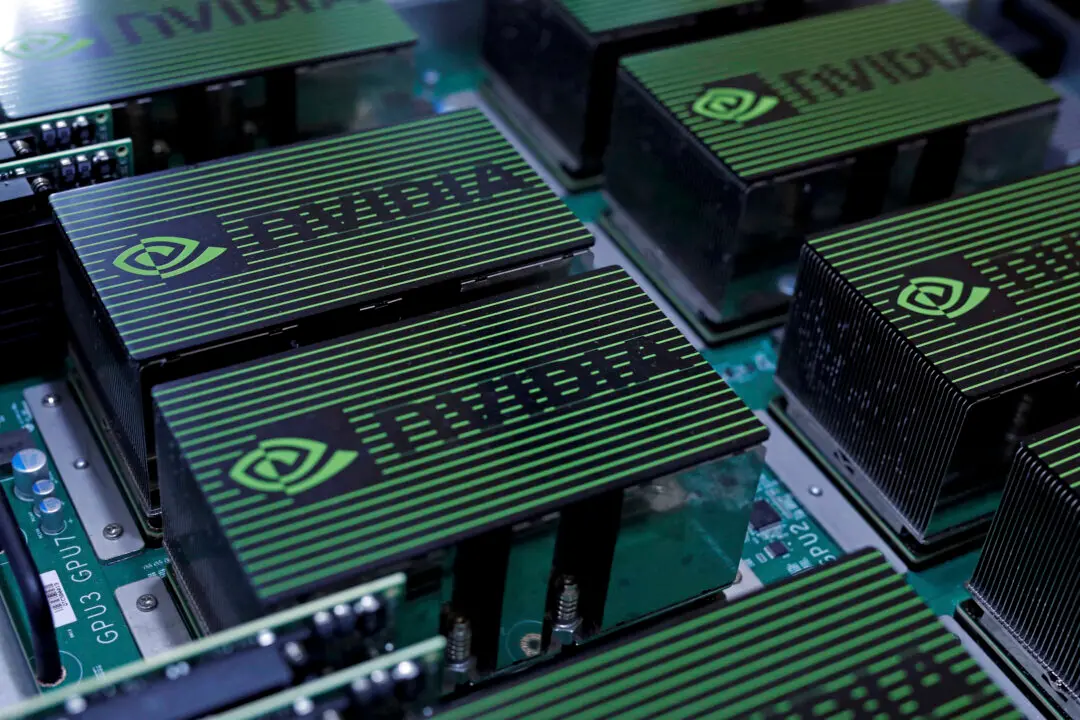A processed meat product pejoratively termed “pink slime” has been officially reclassified as “ground beef” by the United States Department of Agriculture (USDA).
Formally known as Lean Finely Textured Beef (LFTB), the meat product that has been hailed by food industry experts as a success story but derided by activists as barely fit for human consumption, was reclassified in December 2018, according to The Takeout, citing a representative for the USDA Food Safety and Inspection Service.






